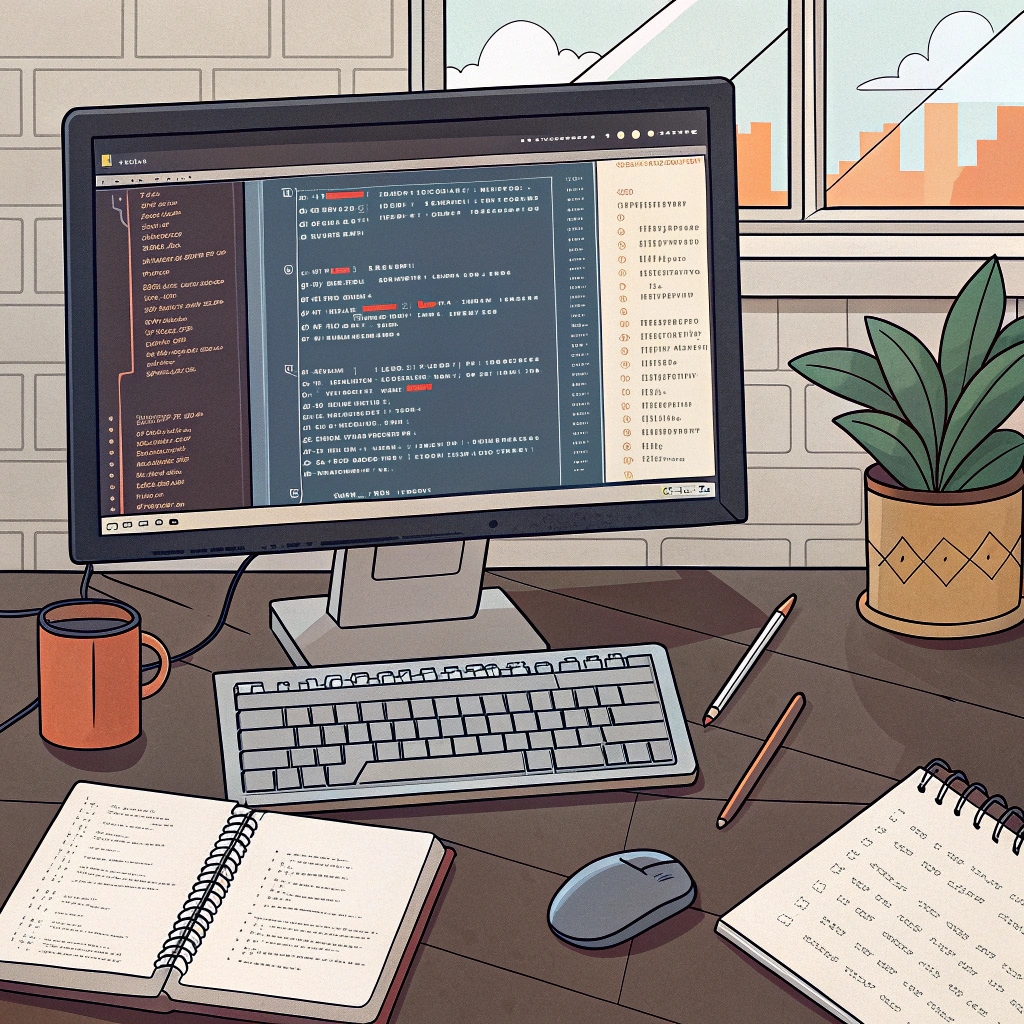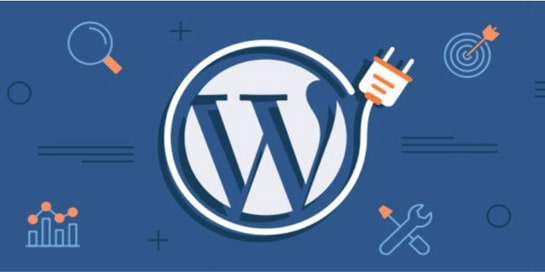Web design and usability specialists speak with one voice: the site should be as simple and understandable as possible for the user. To simplify means to remove everything superfluous and focus on the most important. But it is not so easy to do so. Easy to complicate, hard to simplify. In this article, we will tell you how to improve the user experience of the site.
What you need to improve user experience:
- audience understanding
- structuring information on the site
- page speed optimization
- clear and simple design
- minimum ad blocks
Let’s consider each of the points in more detail in order to understand in detail the issue of web service usability.
Understanding user needs
Understanding user requirements plays a key role in designing and improving the user experience of a website. After all, it is the needs of users that determine what functions and tools need to be implemented on the site in order to make it more convenient and attractive to visitors.
One of the main questions that arises when identifying user needs is “How do you know what users need?”. There are several ways to help answer this question.
The first method is to conduct surveys and analyze user feedback. Surveys can be conducted using special online services that allow you to ask questions and receive answers in real time. You can also analyze user reviews on the website or social media to understand exactly what features or functionality they are missing.
The second method is to study the behavior of users on the site. To do this, you can use analytical tools that allow you to track which pages of the site are the most popular, which features are used most often, and what problems occur when using the site.
The third method is to conduct user experience testing. To do this, you can invite users to test the site to get feedback on its work and identify weaknesses.
The fourth method to determine user needs and improve user experience is to compare with competitor sites from the first search engine results.
This method consists in analyzing competitor sites that are in the TOP of search results for the same queries as your site. By analyzing competitor sites, you can identify their strengths and weaknesses, as well as understand what features and functionality they have that your site does not have.
However, do not copy all the features and capabilities of competitors. It is important to understand that each site is unique and has its own target audience. Therefore, when analyzing competitor sites, you need to highlight those features and capabilities that are most suitable for your audience and can improve the user experience on your site.
Regardless of the method chosen, the main thing is to understand what exactly users need in order to make the site more convenient and attractive for them. As a result of using these methods, valuable information can be obtained that will help improve the user experience on the site and make it more competitive in the market.

Organization of information on the site
Properly organized information allows users to quickly and easily find the information they need, which in turn increases the likelihood of a targeted action on the site.
Site navigation should be simple and intuitive. To do this, you need to create a clear site structure and highlight the main sections. It is best to use section titles that reflect their content as accurately as possible. You also need to make sure that the navigation bar is available on all pages of the site and its location is easy to find.
For the correct structuring of the content on the site, it is necessary to determine the main topics that will be presented on the site. This will help create a clear and logical site structure that will allow users to quickly and easily find the information they need.
The main sections of the site can be organized in the form of a vertical menu, which will be located on each page. In addition, you need to use “breadcrumbs” so that users can easily navigate the site and quickly jump to the desired section.
To structure the content on the pages, it is necessary to use headings of different levels that will reflect the structure of the page. In addition, lists and tables should be used to represent information that can be presented in this format.
The information on the site should be easily perceived, understandable and logically connected. You also need to make sure that the content on the site is optimized for search engines, which will increase site traffic and increase the number of potential customers.
Page Speed Optimization
There are many reasons why it is important to speed up page loading. One of them is to reduce the bounce rate. If the page takes too long to load, users may become impatient and leave the site without taking the necessary action. In addition, slow page loading can increase hosting costs and decrease the number of potential customers.
To speed up the loading of pages, you need to use various tools. One of the most effective ways is image compression. Images are usually the largest element on a page, and compressing their size will help speed up page loading. In addition, you should use minification of CSS and JavaScript files to reduce the size of the files and make them load faster.
Design and visual design
Let’s take a look at what design elements can help improve the user experience and make the site more user-friendly:
- Color scheme and design concept
- Printing house
- Icons and images
- Navigation
- Adaptive design
- Fast page loading
With the right design and visual design of the site, you can significantly increase the usability of the site and attract more users. However, it is important to remember that the design must be balanced and fit the purpose of the site. Do not overload the site with various effects and elements that may distract users from the content.
In addition, when creating the design and visual design of the site, it is worth considering the psychology of users. For example, using red buttons can help draw attention, while using green buttons is associated with success and well-being.
It is also important to consider the mobile audience. Today, most users access websites through mobile devices, so it is necessary to create a design that will be convenient for use on small screens.
Summing up
The user experience is what the visitor feels when he comes into contact with the system: website, application, software, etc. It is important to give him positive emotions, which will later be associated with the project. Successful UX helps you attract and retain customers, stand confidently in the face of an abundance of strong competitors, and achieve your core business goals. Start working on user experience now.


